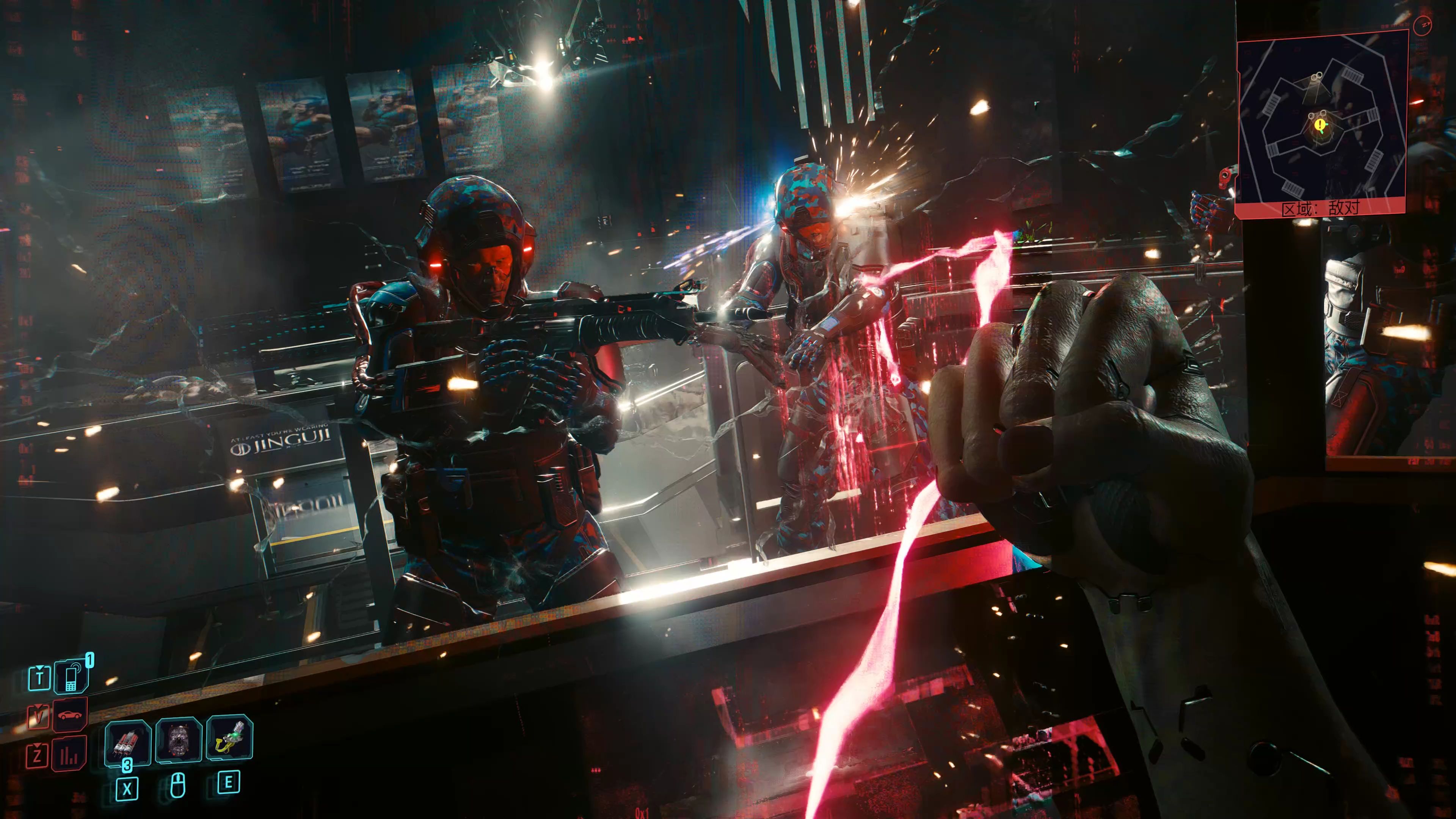Halo Infinite Multiplayer Score: Free-to-Play Reception
When Halo Infinite launched its multiplayer component as a free-to-play (F2P) experience in November 2021, it marked a significant shift for the franchise. For the first time, players could jump into Halo’s iconic arena shooter gameplay without purchasing the full game. This bold move by 343 Industries and Xbox Game Studios was met with both excitement and skepticism. While the core gameplay was praised, the free-to-play model introduced new challenges and controversies. This article examines the reception of Halo Infinite’s multiplayer, analyzing player feedback, monetization strategies, and the long-term impact of its F2P approach.
The Initial Hype and Positive Reception
At launch, Halo Infinite’s multiplayer was widely praised for its tight gunplay, fluid movement, and return to classic Halo mechanics. The shift to a free-to-play model allowed the game to reach a massive audience, with over 20 million players in its first month. Many veterans and newcomers alike celebrated the game’s accessibility, as it lowered the barrier to entry for one of gaming’s most beloved franchises.
The multiplayer’s core modes—Slayer, Capture the Flag, and Big Team Battle—were well-received, with the grappling hook from the campaign adding a fresh dynamic to combat. The game’s art style also drew praise, blending modern visuals with the nostalgic aesthetic of earlier Halo titles.
Controversies and Player Backlash
Despite the strong foundation, Halo Infinite’s free-to-play model quickly became a point of contention. The primary criticisms revolved around:
1. Progression and Battle Pass System
Unlike traditional Halo games, Infinite adopted a seasonal Battle Pass system, requiring players to complete challenges to unlock cosmetics. Many players found the progression slow and restrictive, with XP gains tied to specific tasks rather than overall performance. This led to frustration, as players felt forced into unnatural playstyles to earn rewards.
2. Monetization and Store Prices
The in-game store faced heavy backlash for its high prices. Cosmetic bundles often cost upwards of $15–$20, with limited free customization options. Compared to competitors like Fortnite or Apex Legends, Halo Infinite’s pricing felt excessive, alienating players who expected more generous free rewards.
3. Lack of Content at Launch
While the core gameplay was solid, Halo Infinite launched with fewer maps and modes than previous entries. The absence of fan-favorite playlists like Infection or Firefight disappointed long-time fans. Additionally, the delayed release of co-op campaign and Forge mode further hurt player retention.

Developer Response and Updates
343 Industries acknowledged player concerns and made several adjustments:
- XP System Overhaul: The progression system was tweaked to reward general playtime rather than just challenges.
- Event Improvements: Limited-time events offered more free cosmetics, though some still criticized their grind-heavy nature.
- Content Drops: New maps, modes, and equipment were added over time, including the popular "King of the Hill" and "Last Spartan Standing."
Despite these efforts, player numbers declined over time. Many felt that updates were too slow, and the initial momentum was lost.
The Long-Term Impact of Free-to-Play
Halo Infinite’s free-to-play experiment had mixed results. On one hand, it brought in millions of new players and revitalized interest in the franchise. On the other, the monetization and content droughts drove away a portion of the fanbase.
Compared to other successful F2P shooters like Warzone or Apex Legends, Halo Infinite struggled to maintain consistent engagement. The lack of a robust live-service roadmap and overpriced cosmetics hindered its potential.
Conclusion: A Promising but Flawed Experiment
Halo Infinite’s multiplayer proved that free-to-play could work for Halo, but not without significant growing pains. The core gameplay remains some of the best in the series, yet the monetization and content issues left many players wanting more. Moving forward, 343 Industries must balance player expectations with sustainable monetization to keep Halo relevant in the competitive F2P market.
For now, Halo Infinite stands as a lesson in both the opportunities and pitfalls of free-to-play gaming—a strong foundation in need of better execution.














